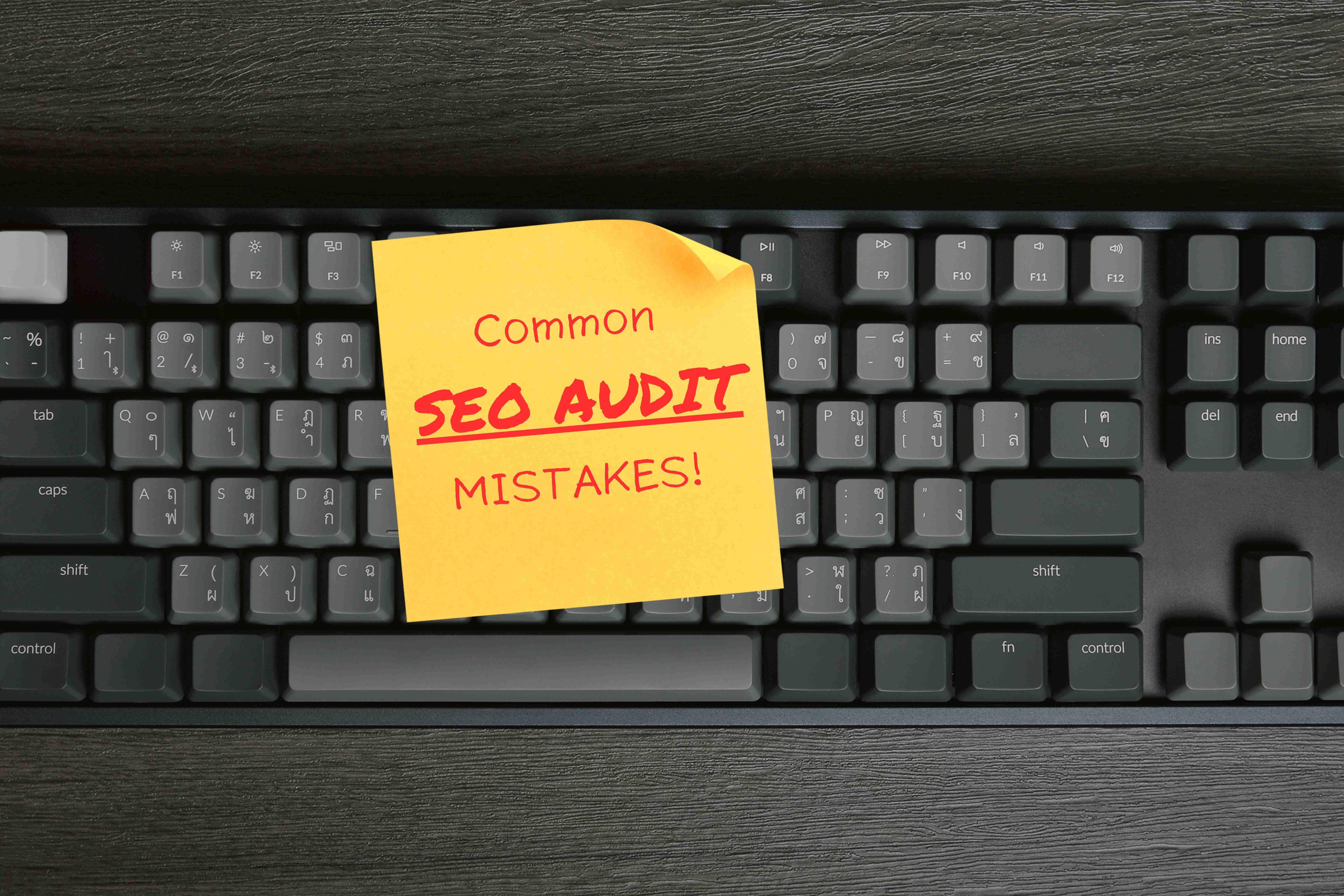In today’s digital landscape, ensuring that your website is accessible to all users is not only a moral obligation but also a strategic advantage for enhancing your site’s visibility and driving more organic traffic. Digital accessibility refers to the practice of designing and developing websites that can be used by everyone, including people with disabilities. This article explores the significant role digital accessibility plays in SEO, offers actionable tips for making your site more accessible, and highlights the latest trends in the field.
Table of Contents
- Understanding Digital Accessibility
- The SEO Impact of Digital Accessibility
- Actionable Tips for Enhancing Digital Accessibility
- Latest SEO Trends in Digital Accessibility
- Conclusion
- About Don Hesh SEO
Understanding Digital Accessibility
Digital accessibility involves creating web content that can be easily navigated and understood by users with diverse abilities. This includes people with visual, auditory, motor, and cognitive disabilities. By making your website accessible, you ensure that it can be used by a broader audience, which can lead to increased traffic, improved user experience, and better SEO performance.
The SEO Impact of Digital Accessibility
1. Improved User Experience
An accessible website offers a better user experience for all visitors. Features like clear navigation, readable text, and alternative text for images make your site more user-friendly. Search engines favor sites that provide a good user experience, which can boost your rankings.
2. Increased Reach and Traffic
By making your site accessible, you open it up to a larger audience, including people with disabilities. This can increase your site’s traffic and, consequently, your search engine rankings. Additionally, accessible sites are more likely to be shared and recommended, further boosting visibility.
3. Compliance with Legal Requirements
Many countries have legal requirements for web accessibility. Ensuring your site is accessible can help you avoid legal issues and penalties. Search engines prioritize sites that comply with these regulations, improving your site’s SEO.
4. Enhanced Mobile Usability
Accessibility features often improve mobile usability. Given the increasing number of users accessing websites via mobile devices, this can significantly impact your SEO. Search engines like Google prioritize mobile-friendly sites, and accessibility features contribute to this criterion.
Actionable Tips for Enhancing Digital Accessibility
1. Use Descriptive Alt Text for Images
Alt text helps screen readers describe images to visually impaired users and also improves your SEO by allowing search engines to understand the content of images.
- Tip: Write concise, descriptive alt text that accurately represents the image content.
2. Ensure Keyboard Navigability
Many users with disabilities rely on keyboard navigation rather than a mouse. Ensure all interactive elements on your site, such as links and forms, can be accessed and operated via a keyboard.
- Tip: Test your site by navigating using only the keyboard to identify any accessibility issues.
3. Provide Transcripts and Captions for Multimedia
Providing text transcripts and captions for audio and video content makes it accessible to users with hearing impairments and improves your site’s SEO by adding more keyword-rich content.
- Tip: Use automated tools to generate transcripts and captions, and manually edit them for accuracy.
4. Implement ARIA (Accessible Rich Internet Applications) Landmarks
ARIA landmarks help assistive technologies navigate and interact with your web content more effectively. This can improve the usability and accessibility of your site.
- Tip: Use ARIA roles and properties to define elements like banners, navigation, and main content areas.
5. Optimize for Readability
Ensure your content is easy to read and understand by using clear fonts, appropriate font sizes, sufficient color contrast, and straightforward language.
- Tip: Use tools like the WebAIM Color Contrast Checker to ensure sufficient contrast between text and background colors.
Latest SEO Trends in Digital Accessibility
1. Voice Search Optimization
With the rise of voice-activated devices, optimizing your site for voice search is becoming crucial. This includes using natural language and answering common questions clearly.
2. Mobile-First Indexing
Google’s mobile-first indexing means that the mobile version of your site is considered the primary version. Ensuring your site is accessible on mobile devices is essential for maintaining and improving your SEO rankings.
3. AI and Machine Learning
AI and machine learning are being used to improve web accessibility tools and services. Implementing these technologies can help you maintain an accessible site more efficiently.
4. Core Web Vitals
Google’s Core Web Vitals are performance metrics that affect your site’s ranking. Ensuring your site loads quickly and is stable during interactions can enhance both accessibility and SEO.
Conclusion
Digital accessibility is a vital component of modern web design that significantly impacts SEO. By making your site accessible to all users, you can improve user experience, increase traffic, comply with legal requirements, and enhance your site’s overall performance. Implementing the actionable tips and staying updated with the latest trends will ensure your website remains competitive and inclusive.
About Don Hesh SEO
Don Hesh SEO is your trusted partner in optimizing your online presence and driving results through strategic SEO and Google Ads campaigns. As experienced SEO consultant and Google Ads consultant, we specialize in helping businesses elevate their visibility and attract more organic traffic. Contact us today to learn how we can help you achieve your digital marketing objectives.



